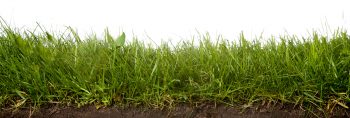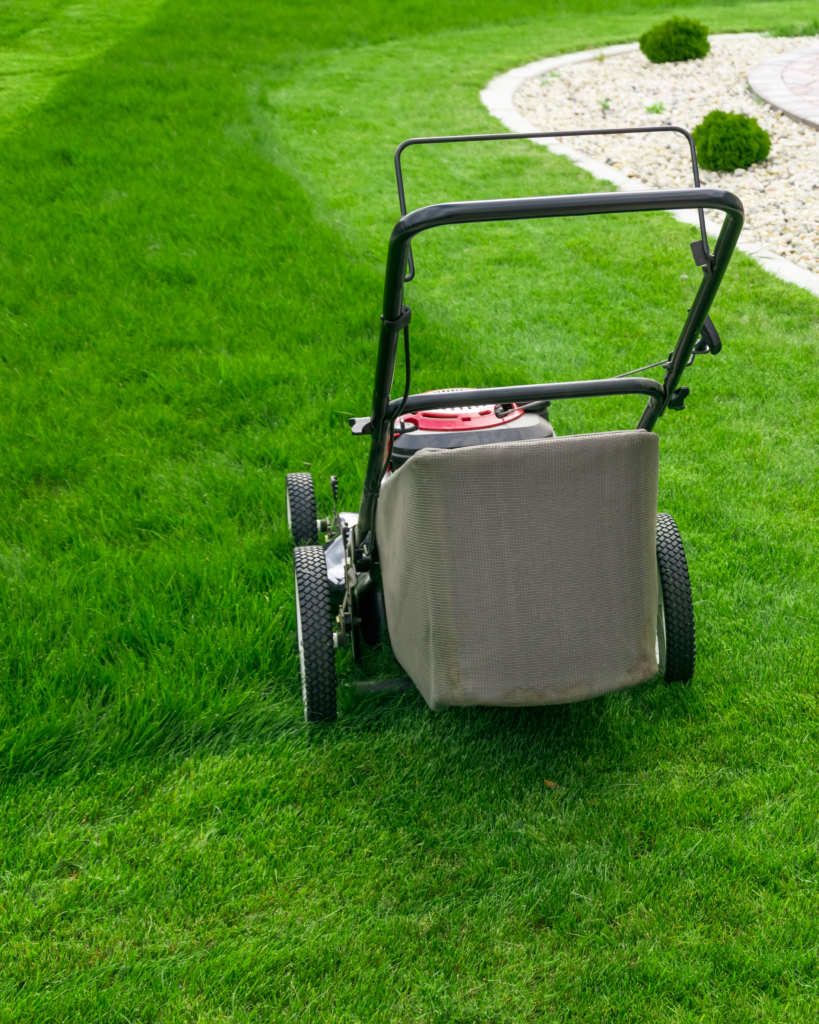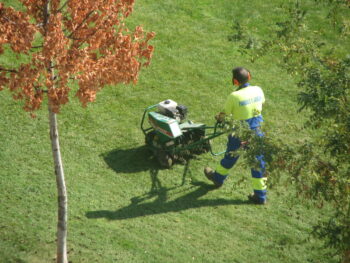 Grass height is more than just a personal preference. Depending on the season and type of grass, there are some optimal lengths to keep your lawn. By following some simple guidelines, you can keep your yard looking healthy all season long.
Grass height is more than just a personal preference. Depending on the season and type of grass, there are some optimal lengths to keep your lawn. By following some simple guidelines, you can keep your yard looking healthy all season long.
Here are a few factors to consider:
- Grass Types
- Pests
- Mowing Schedule
Grass Types
First, you should know what type of grass you have, warm season or cool season. While these mostly are geographic, cool season grasses in cooler regions and warm season in warmer regions, there are some exceptions.
Examples of cool season grasses are Kentucky bluegrass, perennial ryegrass, and tall fescue. Warm season grasses include Bermuda grass, Zoysia grass, and St. Augustine. These three are the most common turfgrasses to be found in the North Texas region, with the occasional spread of Buffalo grass as well.
Pests
Keeping your grass too long has its own set of problems. Besides irritating your neighbors, it can become a habitat for insects like mosquitoes and various beetle larvae, as well as unwanted pests like snakes and mice.
Longer grass can also be more difficult to mow. The clippings are harder to deal with, and often must be raked and bagged.
Additionally, longer blades mean a denser and more thorough grass canopy. This can invite fungal infections, especially in moist and/or shady areas in your lawn.
Mowing Schedule
Instead of setting a mowing schedule based on time, let your grass “tell” you when it is ready to be mowed. Several factors affect growth rates, like the season, weather, and rainfall. Grass will grow longer when rain is abundant.
Let us help you answer: How Often Should You Mow Your Lawn?
A general rule of thumb is to only mow about the top third of the grass blade. This is recommended for multiple reasons. Mainly, leaving a severely shortened blade reduced the amount of sun expose it receives. This can negatively effect the process of photosynthesis.
For cool season grasses, the recommended height is about 3-3.5 inches. For warm season grasses, it is recommended to cut them at 2-2.5 inches long. Letting your grass grow a little longer at first can help you figure out the measurements and help you set your mower blades.
Learn more about warm season versus cool season grasses from our friends at Texas A&M.
In the summer, it is a good idea to keep the grass blades a little longer as the weather heats up until it starts to cool back down in the fall. There are a few reasons for this. The longer length can help protect roots from the heat damaging them. The longer length may also help shade the lawn and keep crabgrass in check.
Mid-length is better for the fall season because too high grass can get matted and become diseased. Too short, however, can lead to root exposure to harsher temperatures, which can lead to damage. Grass should be mown a little shorter for the last mowing of the season in snow prone areas to help prevent snow mold.
Cool season grasses grow more in the spring and fall, while warm season grasses grow more in the summer. At most, during peak growing seasons, lawns will likely only need to be mown once a week or every 5-7 days. Cutting warm season grass a little shorter in the spring will help remove dead blades.
Mowing is important for grass health. Cutting grass actually encourages more growth than just letting it grow tall. Be sure not to cut grass too low though, as “scalping” can stress the lawn and cause damage. Letting grass grow taller in shady areas is a good idea, so long as there isn’t a risk of pooling or excessive moisture.
Visit our Lawn Mowing service page to learn more about how Ryno Lawn Care can keep your landscape looking sharp.
Here is a chart for more specific lengths to use as a guideline. There are some factors for certain areas that affect these so be sure to check with a lawn professional in your area to see if there are exceptions.
Warm season grass length recommendations:
- Bermuda grass-0.5 to 2.5 inches
- Buffalo grass-1.5 to 2.5 inches
- St. Augustine-1 to 3 inches
- Zoysia-0.5 to 3 inches
Cool season grass length recommendations:
- Fine fescue-1.5-4 inches
- Kentucky bluegrass-0.75 to 3.5 inches
- Perennial ryegrass-0.75 to 2.5 inches
- Tall fescue-1.5 to 4 inches
By following these guidelines, you can create your own personalized mowing schedule and care plan for a healthy looking lawn all season long.






One Response
Thanks for helping me understand that it is important to mow the grass because it actually makes them grow more. I wonder how frequently Buffalo turf should be mowed, because we might choose that kind of grass for our front lawn. Once we have the budget, we can finally hire landscape professionals to work on our property during springtime next year, because we always had a dull front yard.